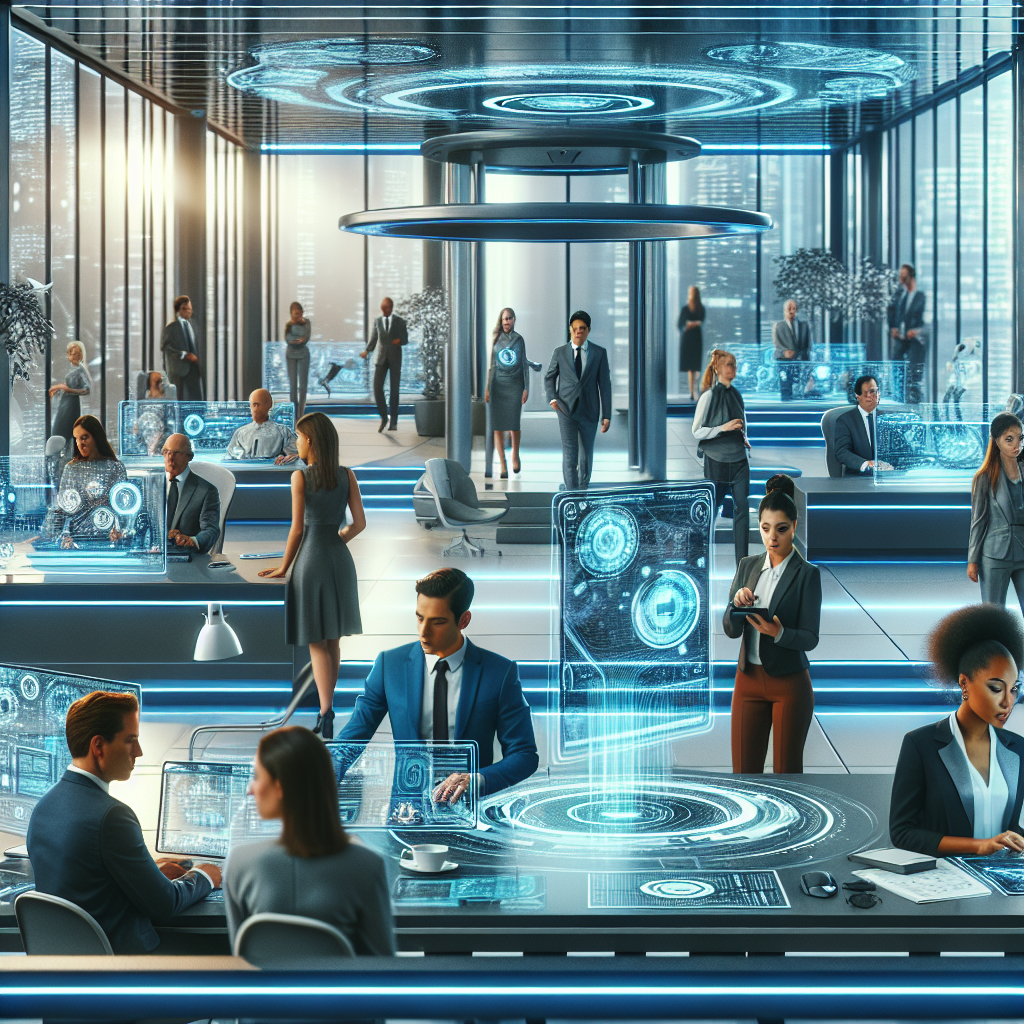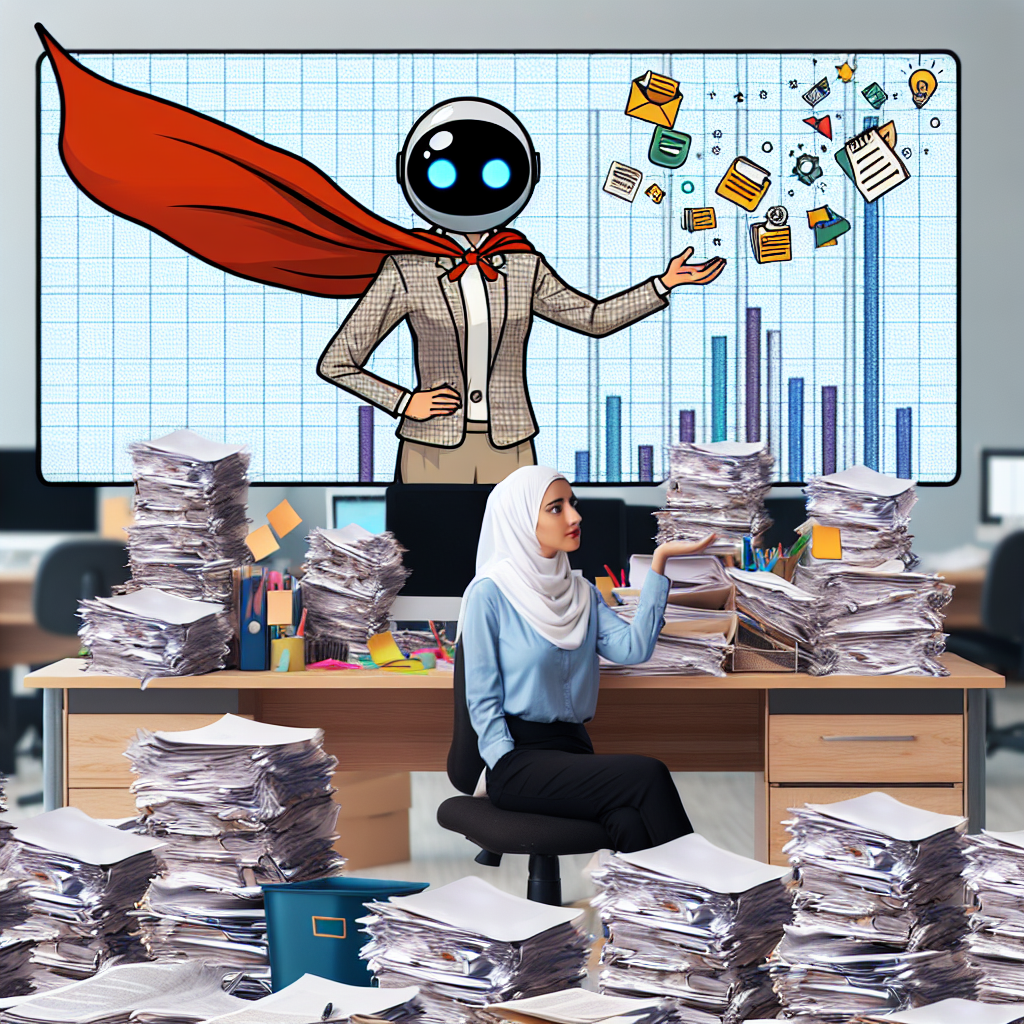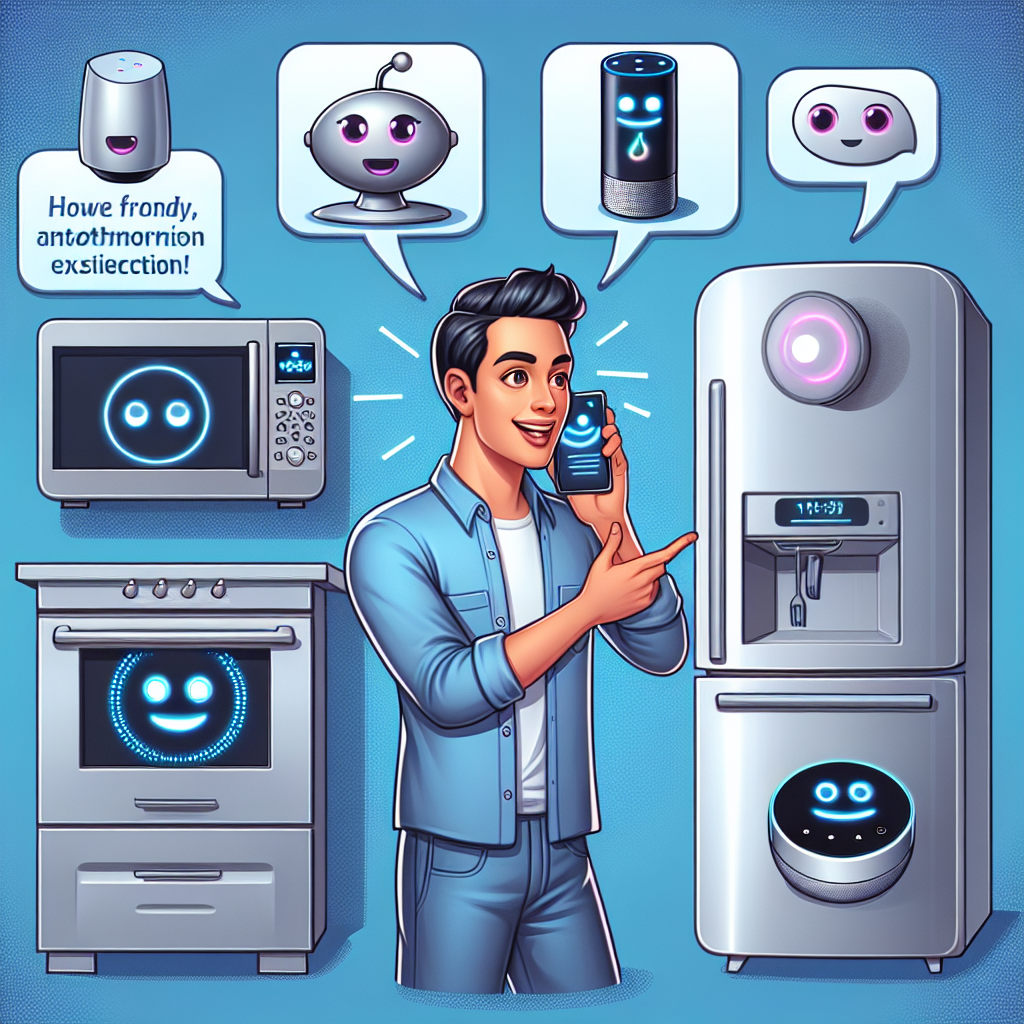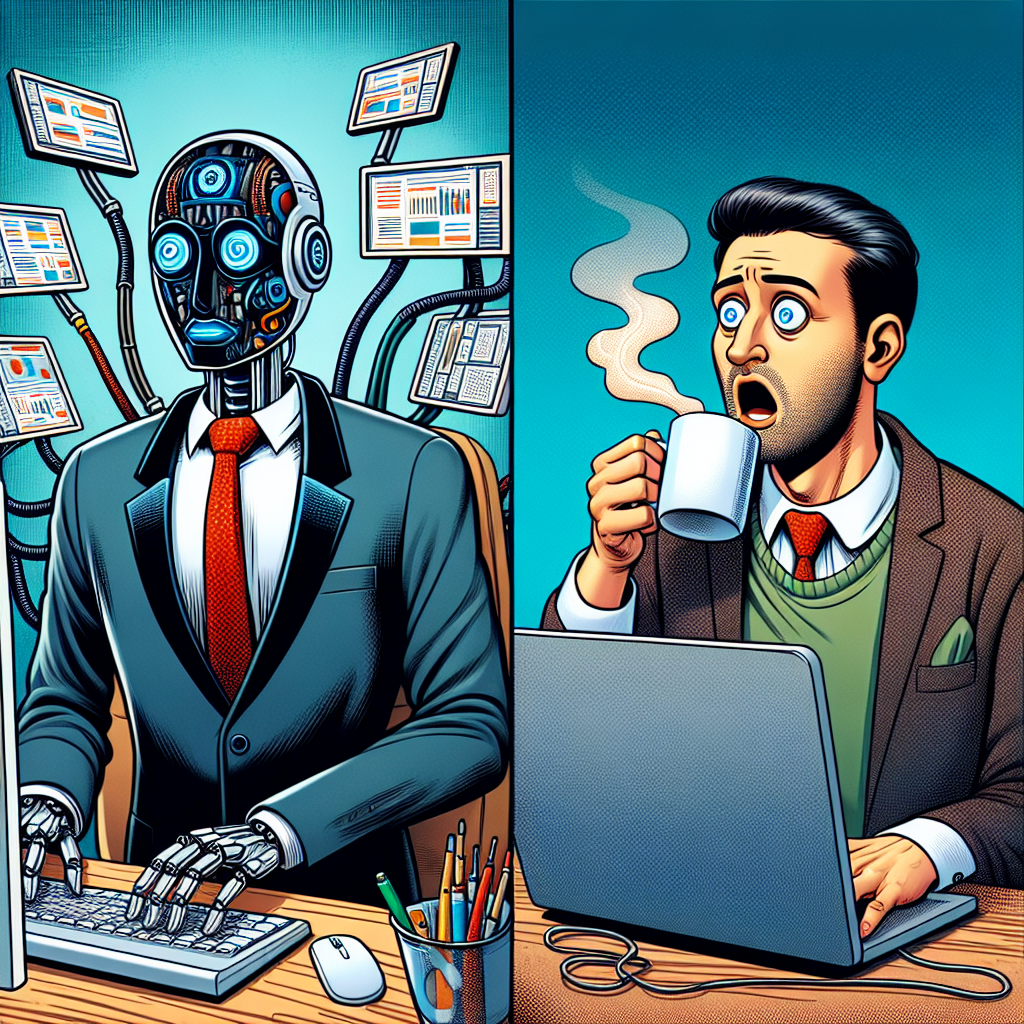In today’s rapidly evolving digital landscape, the collaboration between humans and artificial intelligence is reshaping how we approach work, innovation, and problem-solving. At the heart of this transformation are AI SaaS creation platforms, where the synergy between human creativity and AI capabilities is opening doors to unprecedented possibilities. This partnership isn’t just changing workflows—it’s revolutionizing them, creating a new paradigm for productivity and innovation that’s accessible to everyone from solo entrepreneurs to development teams.
The concept of human-AI collaboration represents a fundamental shift from viewing AI as a replacement for human workers to seeing it as a powerful partner. Instead of competing with each other, humans and AI systems work together toward common goals, each contributing their unique strengths. For individual entrepreneurs juggling multiple responsibilities, small businesses with limited resources, and developers seeking more efficient solutions, this collaboration offers a pathway to accomplishing more with less.
The Rise of Intelligent Collaboration
The collaboration between humans and AI is creating new paradigms for productivity, enabling teams to accomplish more with fewer resources while focusing human talent on high-value creative work.
Human-AI collaboration in the context of SaaS platforms goes beyond simple automation. It creates an interactive environment where AI systems can handle routine tasks, analyze vast amounts of data, and suggest solutions, while humans provide creative direction, ethical oversight, and strategic thinking. This intelligent collaboration transforms traditional workflows by eliminating bottlenecks and freeing up human talent for higher-value activities.
For the solo entrepreneur managing client relationships, marketing, and service delivery, AI SaaS platforms can serve as virtual team members, taking on time-consuming tasks like data entry, scheduling, or initial customer interactions. Small businesses can leverage these platforms to compete with larger enterprises by automating processes that would otherwise require significant staffing. Developers, meanwhile, can focus on solving complex problems rather than coding repetitive functions.
“At its core, Human-AI Collaboration refers to a working relationship where artificial intelligence systems and humans work together to achieve a common goal,” explains a recent industry analysis. This relationship isn’t just about efficiency—it’s about enhancing human capabilities and unlocking new potential.
Low-Code Platforms: Democratizing AI Application Development
One of the most significant advantages of modern AI SaaS creation platforms is their embrace of low-code development environments. These user-friendly platforms empower users to create sophisticated AI applications with minimal coding knowledge, breaking down the technical barriers that once limited AI development to specialized teams.
Low-code platforms offer drag-and-drop interfaces, pre-built templates, and visual development tools that make application creation accessible to users with various technical backgrounds. This democratization of AI development is particularly valuable for:
- Individual entrepreneurs who can’t afford to hire dedicated development teams but need custom solutions for their businesses
- Small businesses and startups looking to rapidly prototype and deploy applications without extensive development resources
- Developers who want to accelerate their workflow and focus on solving unique challenges rather than building standard functionality
According to recent market research, the adoption of low-code AI tools has surged, with platforms like Microsoft Power Apps, Appsmith AI, and OutSystems leading the way. These platforms enable users to create everything from customer service chatbots to inventory management systems with integrated AI capabilities, often in a fraction of the time required for traditional development.
The real power of these low-code platforms lies in their ability to make workflow automation accessible to non-technical users. By providing intuitive interfaces and pre-configured AI components, they allow users to focus on what they want to accomplish rather than how to code it. This accessibility is driving innovation across sectors, as more individuals and organizations gain the ability to create customized AI solutions for their specific needs.
Customizable AI Digital Workers: The New Workforce
Customizable AI digital workers represent one of the most transformative technologies emerging from modern AI platforms, offering unprecedented automation capabilities that adapt to specific business needs.
As AI SaaS creation platforms evolve, one of the most promising developments is the rise of customizable AI digital workers. These AI agents go beyond simple automation to perform complex, multi-step processes that previously required human attention. Unlike rigid automation tools, these digital workers can be tailored to specific business requirements, making them valuable assets across industries.
AI digital workers can handle a wide range of responsibilities, from data processing and analysis to customer interaction and content creation. For example, a marketing team might deploy digital workers to:
- Monitor social media channels and identify trending topics
- Generate initial drafts of content based on specific parameters
- Schedule and publish posts across platforms
- Analyze engagement metrics and suggest optimization strategies
The key advantage of these digital workers is their ability to learn and adapt. As they process more data and receive feedback, they become more effective at their assigned tasks, constantly improving their performance without requiring manual reprogramming.
This technology is particularly valuable for organizations looking to scale operations without proportionally increasing headcount. By automating routine processes through AI agent technology, businesses can maintain quality and consistency while freeing human workers to focus on strategy, creativity, and interpersonal relationships—areas where human intelligence still holds distinct advantages.
“AI is no longer just replacing the tasks of workers—it can complete entire workflows,” notes one industry observer. “This is how we can redefine labor in the age of AI.” This redefinition isn’t about replacement but about enhancement, creating space for humans to contribute in more meaningful ways.
The Growing AI Product Marketplace
As AI SaaS creation platforms become more accessible, they’re fostering a vibrant marketplace for AI products and solutions. This ecosystem allows developers and creators to share and sell their innovations, creating new economic opportunities while accelerating the adoption of AI across sectors.
The marketplace model offers several advantages:
Diverse solutions: Users can access specialized AI applications developed by experts in various fields, from finance to healthcare to creative industries.
Revenue opportunities: Developers can monetize their expertise by creating and selling AI products, even if they don’t have the resources to launch traditional software companies.
Rapid innovation: The open marketplace encourages experimentation and iteration, leading to faster improvement of AI applications.
Customization options: Many marketplace offerings provide configuration options, allowing users to adapt solutions to their specific needs without starting from scratch.
For non-technical users, these marketplaces provide access to sophisticated AI capabilities without requiring development expertise. A small business owner might purchase a pre-built customer service AI, customize it with their company information and policies, and deploy it within days—a process that would have previously required months of development and significant investment.
The marketplace approach also encourages collaboration among creators, as developers build upon each other’s work and combine components in new ways. This collaborative innovation is accelerating the evolution of AI applications and making them more accessible to a broader audience.
User-Friendly AI Tools: Bridging the Technical Gap
The success of AI SaaS creation platforms depends largely on their usability. Today’s leading platforms prioritize user experience, creating interfaces that make complex AI functionality accessible to users with varying technical backgrounds.
These user-friendly AI tools typically feature:
- Intuitive dashboards that provide clear visibility into AI operations
- Natural language interfaces that allow users to interact with AI systems through conversation
- Visual builders for creating workflows without coding
- Comprehensive documentation and learning resources
- Templates and examples to help users get started quickly
This focus on usability is critical for adoption, particularly among small businesses and individual entrepreneurs who may not have dedicated technical staff. By making AI tools more accessible, these platforms are enabling a wider range of users to benefit from AI capabilities.
“We’ve found the optimal approach is a human-in-the-loop design where end users can override AI suggestions, add nuance and contribute their unique insights,” explains one platform developer. This approach recognizes that the most effective AI implementations maintain a balance between automation and human judgment.
The Future of Intelligent Collaboration
As we look toward the future, the integration of AI in workplace workflows will only deepen. AI SaaS creation platforms will continue to evolve, offering even more sophisticated capabilities while maintaining accessibility for non-technical users.
Several trends are likely to shape this evolution:
Increased autonomy: AI systems will handle increasingly complex tasks with minimal human oversight, approaching the ideal of fully automated workflows in appropriate contexts.
Enhanced collaboration: AI will become more adept at understanding human intent and working alongside human team members, creating more natural collaboration experiences.
Specialized AI workers: Organizations will deploy multiple AI agents with different specializations, creating digital teams that handle interconnected processes.
Ethical governance: As AI capabilities expand, platforms will incorporate more robust governance features to ensure responsible use and alignment with human values.
Cross-platform integration: AI solutions will work seamlessly across different tools and platforms, creating cohesive experiences rather than isolated automation.
The ultimate vision is one where routine work is handled autonomously by AI systems, allowing humans to focus on innovation, relationship building, and strategic decision-making. This isn’t about replacing human workers but about elevating human work to focus on what humans do best.
Conclusion: The Democratization of AI Creation
As AI SaaS creation platforms continue to evolve, they promise to bring powerful capabilities to users of all technical backgrounds, truly democratizing access to artificial intelligence technology.
The rise of AI SaaS creation platforms represents a significant democratization of technology. By making AI development accessible through low-code platforms, customizable digital workers, and user-friendly tools, these platforms are enabling individuals and organizations of all sizes to harness the power of artificial intelligence.
For individual entrepreneurs, small businesses, and developers, this accessibility creates unprecedented opportunities to automate workflows, enhance productivity, and develop innovative solutions. Rather than requiring specialized AI expertise or significant investment, creating AI applications is becoming as accessible as building a website or setting up an online store.
The combination of human creativity and AI capabilities creates a powerful synergy that exceeds what either could accomplish alone. As these platforms continue to evolve and adoption grows, we can expect to see accelerated innovation across industries, with new applications and use cases emerging regularly.
The future of work isn’t humans versus AI but humans and AI working together to achieve more than ever before. By making AI creation accessible to all, today’s platforms are laying the groundwork for a more productive, creative, and collaborative future—one where intelligent collaboration transforms not just how we work, but what we can accomplish.









